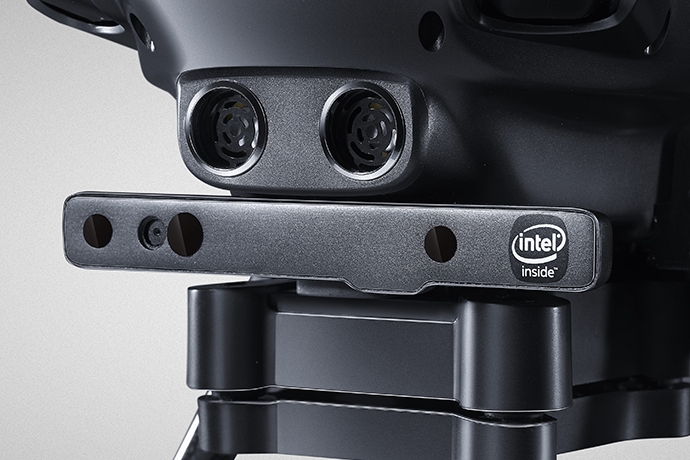Yuneec is now producing the Typhoon H drone, which uses Intel’s RealSense sensor for obstacle-avoidance. This is the first time that Intel’s technology has been made available in a UAV.
It is, however, a long time in coming: Following Intel’s $60 million investment into Yuneec last December and their recent CES demonstration of the RealSense sensor’s obstacle-avoidance abilities.
The Typhoon H includes an Intel RealSense R200 sensor, which includes three separate cameras for capturing visual and stereoscopic infrared to measure depth. This information is processed using the Yuneec drone’s flight-control software running on Intel’s Atom processor.
Previously, Yuneec’s drones used sonic sensors, which were able to stop the drone before it collided with obstacles—not quite obstacle avoidance but enough to keep you from wrecking your investment with a moment of inattention. The new Intel technology offers the extra advantage of automatic re-rerouting in mid-flight. As
Intel explains, “with a combination of specialized cameras and sensors, this Intel system maps and learns its environments in 3D, recognizing each obstacle, planning an alternative route and navigating safely around it.”
Yuneec’s website explains further. The Typhoon H “builds a 3D model of the world, while navigating through it” (sounds a lot like SLAM to me).
Evidently, this model is stored in memory someplace, as Yuneec says that the Intel system is “capable of remembering its environment, further enhancing the prevention of possible collisions.” Once it encounters the same environment, it will remember where the obstacles were and avoid them.
Yuneec’s official language shows that this RealSense-equipped drone is intended mostly for non-commercial purposes—or at least film-specific purposes—like following a subject, or flying along a pre-programmed route for a limited period of time to get a shot. However, given the apparently powerful sensing, mapping, processing, and navigation technology on board, a commercial implementation is not outside the realm of possibility.
The RealSense-equipped system is priced at $1,900 in the US and expected to ship at the end of July.






